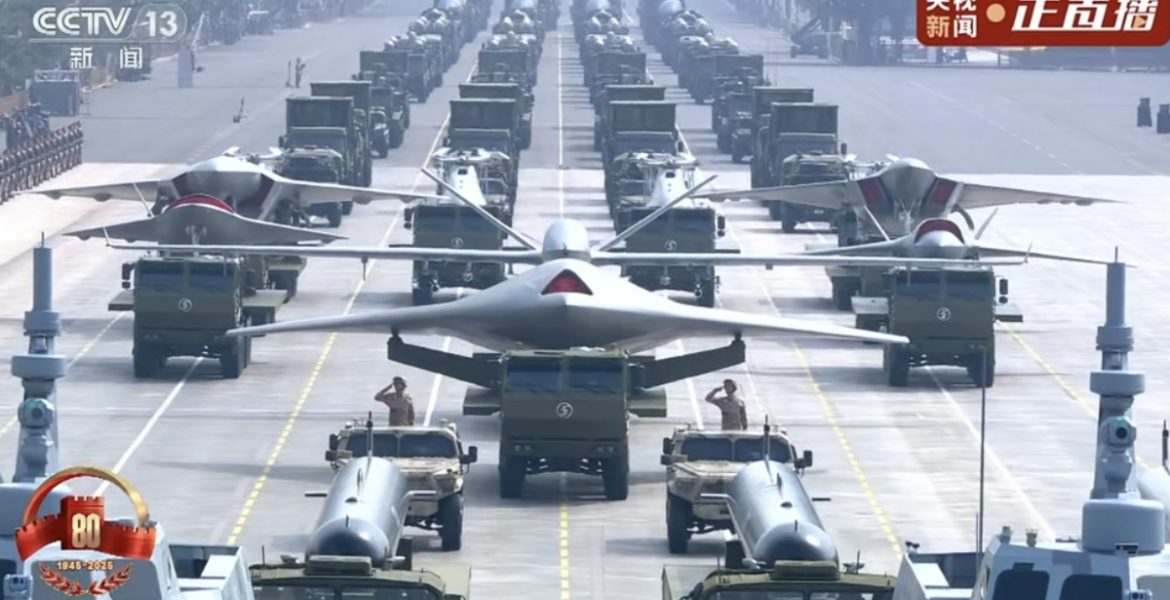The Rise of the Defense & Tech Economy

From fighter jets to semiconductors, governments are pouring resources into security and autonomy. This convergence is giving rise to the defense tech economy — a structural shift that is reshaping global markets. Unlike past rearmament cycles, today’s push blends military necessity with advanced technology, creating a durable new sector with multi-year growth visibility.
Global Rearmament
European nations are re-arming at a pace unseen in decades. Germany’s Zeitenwende fund, Poland’s rapid modernisation, and Nordic investments in air defence all signal a permanent shift. U.S. spending holds steady at around 3–3.5% of GDP, while Asia accelerates both military and technology budgets. This aligns directly with our Defense & Tech Autonomy hypothesis, which argues that sovereignty and innovation are now inseparable.
Semiconductor Sovereignty
The race is not just about weapons platforms but about who controls the brains behind them. States are spending billions on semiconductor fabs, cyber defence, and space systems. Sovereign industrial strategies aim to secure supply chains and insulate critical technologies from foreign pressure. Nowhere is this clearer than in Beijing, where policies mirror our China Tech Sovereignty thesis. The overlap of chips and defence defines the next frontier of competition.
Investor Outlook
The defense tech economy is already visible in record order backlogs and rising R&D pipelines. Europe offers relative value compared to the U.S., with firms scaling quickly to meet demand. Risks remain — political turnover, export controls, and fragile supply chains — but the direction of travel is clear. In all of our scenarios, from Peaceful Transition to Engineered Crisis and The Great Unwinding, demand for autonomy and resilience ensures the sector’s long-term trajectory.
Final thought
The rise of the defense tech economy shows how geopolitics and markets are converging. For governments, it is about survival and sovereignty. For investors, it is about positioning early in a structural trend that will shape industries and capital flows well beyond this decade.
You may also like

NATO-Russia Tensions and Self-Interest

US Shutdown – an Engineered Constitutional Crisis?

Leave a Reply